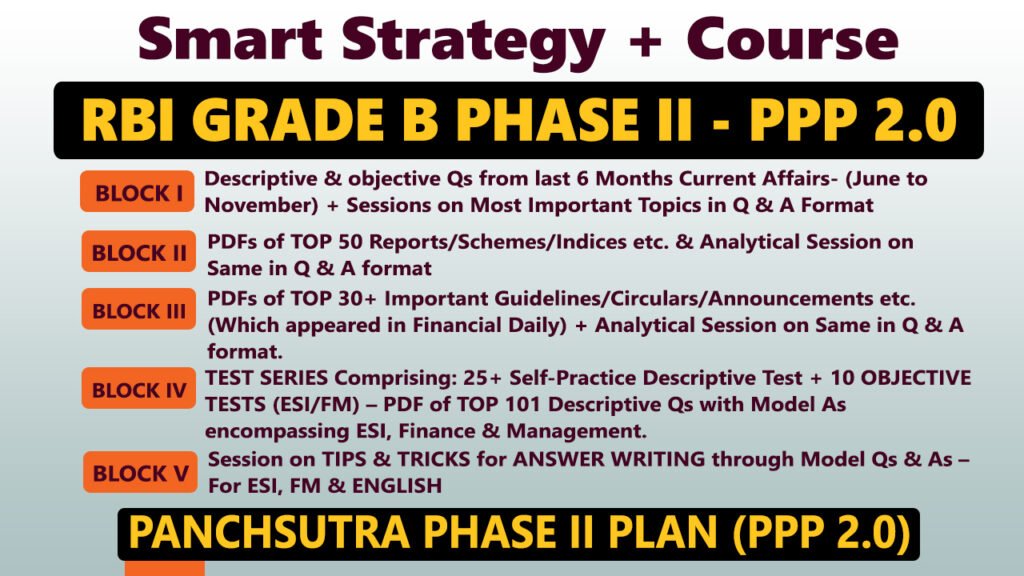Context:
The Reserve Bank of India (RBI) sold $34.5 billion on a net basis in FY2024–25, the highest level of dollar sales since the global financial crisis of 2008–09. This intervention was aimed at curbing volatility in the foreign exchange market amid sharp depreciation of the Indian Rupee.
Forex Market Intervention
- The RBI also reduced its forward book to $84.34 billion as of March 31, 2025, from $88.75 billion in February 2025.
- This is the first cut in the forward book in seven months, indicating a shift in RBI’s forex strategy.
Volatility in Financial Markets
Definition
- Volatility refers to the degree of variation in the price of a financial asset over time.
- It is typically measured using standard deviation or variance of returns.
- Higher volatility = higher risk, due to wider potential price swings.
Key Characteristics
- Indicates uncertainty or risk in asset price movements.
- Can occur in both upward and downward directions.
- Used to assess market sentiment and price options contracts.
How to Measure Volatility
- Standard Deviation (σ): Shows how much return deviates from the mean.
- Variance: Average of squared deviations from the mean.
- Annualized Volatility Formula:

Statistical Example (Monthly Data):
- Monthly prices: ₹1 to ₹10
- Mean: ₹5.5
- Variance: ₹8.25
- Standard Deviation: ₹2.87
- Interpretation: ~68% of values lie within 1 SD from the mean in a normal distribution
Types of Volatility
- Historical Volatility (HV):
- Measures past price fluctuations
- Calculated from closing prices over a fixed time period
- Indicates how volatile an asset has been
- Implied Volatility (IV):
- Forward-looking
- Derived from options prices
- Reflects market expectations of future volatility
- Not based on historical data
Volatility in Options Pricing
- Higher volatility = higher options premiums
- Incorporated in models like Black-Scholes and Binomial Tree
- Critical in estimating probability of an option ending in-the-money
Quick Facts for Exams
- Volatility = Risk indicator
- HV is past-looking; IV is future-looking
- Widely used in derivatives pricing
- Volatility ≠ variance, but is derived from it
Reason for Market Volatility
- After nearly two years of currency stability, the Indian Rupee depreciated sharply in H2FY25.
- Key trigger: A surge in the US Dollar Index to 108, driven by:
- Rising inflation expectations
- Global uncertainty following US President Donald Trump’s return to office



















